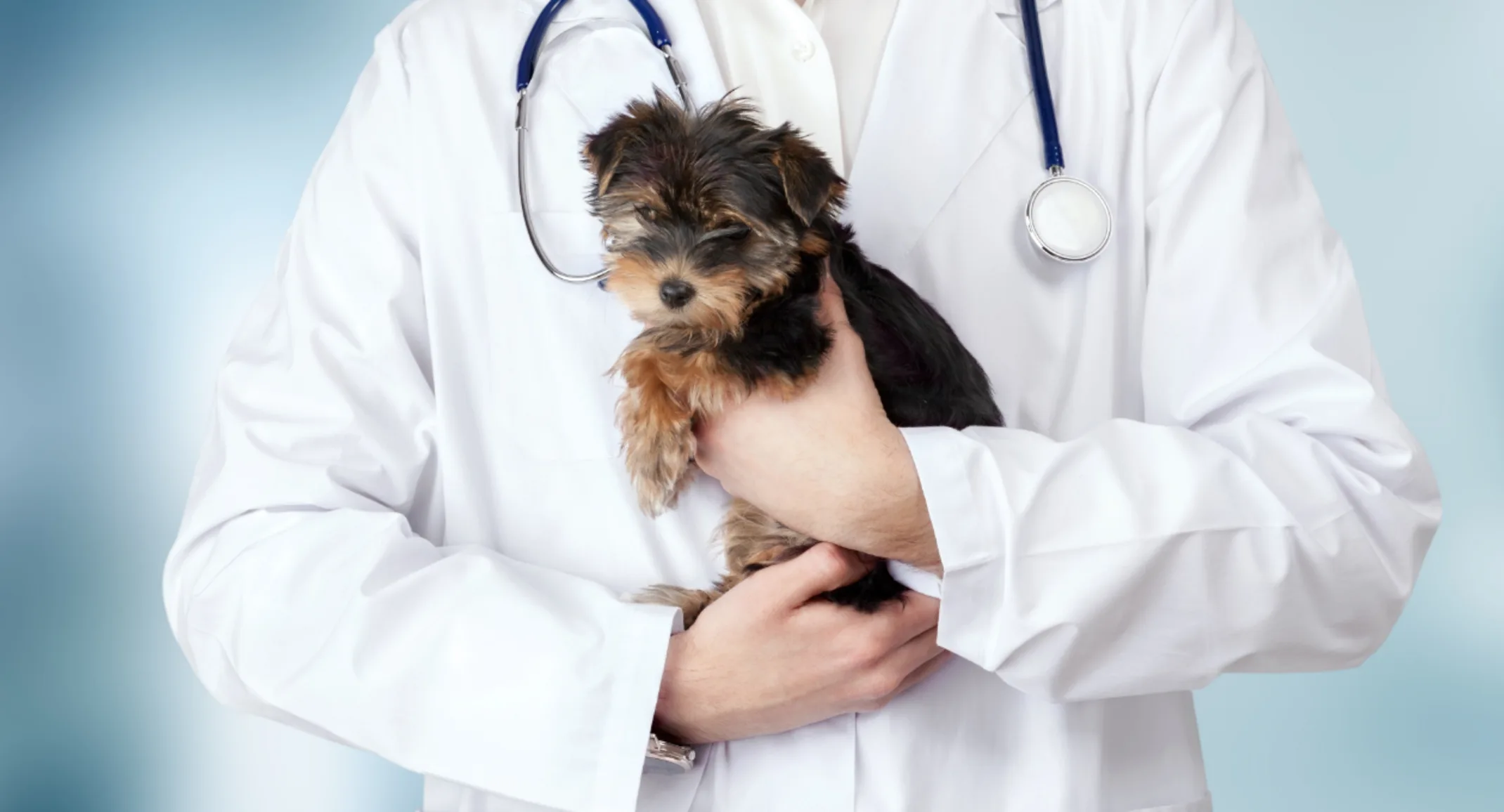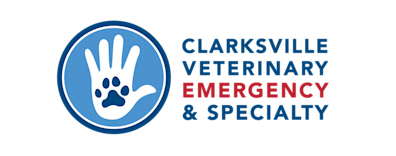Protecting Your Pet: What You Need to Know About the Recent Spike in Parvovirus Cases
November 11, 2025 · Pet Safety

At Clarksville Veterinary Emergency & Specialty (CVES), we’ve recently seen a concerning increase in canine parvovirus (parvo) cases in our emergency department. Parvo is a highly contagious and potentially deadly virus that affects dogs, especially unvaccinated puppies and young adults. As cases rise in our area, we want to help local pet owners understand how to recognize the signs, prevent infection, and protect their pets.
What Is Parvovirus?
Canine parvovirus is a viral infection that attacks the gastrointestinal tract, causing severe illness. It spreads easily through contact with infected feces, contaminated environments, or even on shoes, hands, and clothing. The virus is extremely hardy, it can survive for months on surfaces and in soil, making community spread common once outbreaks begin.
Signs and Symptoms of Parvo
Parvo symptoms can develop suddenly and progress quickly. Common signs include:
Severe vomiting
Bloody or foul-smelling diarrhea
Lethargy or weakness
Loss of appetite
Fever or low body temperature
Dehydration
If your puppy or dog shows any of these signs, seek veterinary care immediately. Early, aggressive treatment can make a lifesaving difference.
How to Protect Your Pet
1. Stay Up to Date on Vaccines Vaccination is the best defense against parvo. Puppies typically begin receiving a series of parvo vaccines starting around 6–8 weeks of age, with boosters every 3–4 weeks until they are 16–20 weeks old. Adult dogs need regular booster shots as recommended by your veterinarian.
💉 Check with your primary care veterinarian to confirm the best vaccine schedule and protocol for your individual pet, as recommendations can vary based on age, breed, and health status.
2. Avoid High-Risk Areas Until Fully Vaccinated Keep puppies out of dog parks, pet stores, and public areas where other dogs frequent until they’ve completed their vaccine series. Even a brief exposure in a contaminated area can be enough to cause infection.
3. Practice Good Hygiene Always wash your hands after handling other dogs, and clean shoes or equipment that may have come into contact with unknown dogs or outdoor areas.
4. Monitor for Early Symptoms Parvo progresses rapidly, but early treatment can improve outcomes. If your dog begins vomiting, has diarrhea, or suddenly becomes weak, contact your veterinarian or head to CVES immediately.
Treating Parvo
There is no cure for parvovirus, but supportive care, including IV fluids, anti-nausea medications, antibiotics to prevent secondary infections, and nutritional support can help dogs recover. With prompt and intensive care, many dogs can survive this serious illness.
Our Team Is Here to Help
At Clarksville Veterinary Emergency & Specialty, our emergency team is experienced in diagnosing and treating parvovirus cases. We are open 7 days a week, with emergency services available overnight and around the clock on weekends and holidays.
Our ICU is staffed 24/7, ensuring patients receive continuous monitoring and advanced care, even when our front doors are closed.
If you suspect your pet may have parvo, don’t wait, early intervention saves lives.
